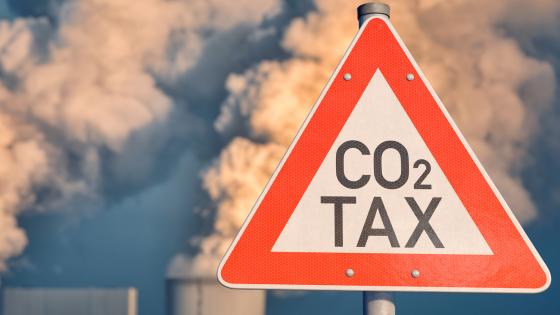DP11552 Second-Best Renewable Subsidies to De-Carbonize the Economy: Commitment and the Green Paradox
Climate change must deal with two market failures: global warming and learning by doing in renewable energy production. The first-best policy consists of an aggressive renewables subsidy in the near term and a gradually rising and falling carbon tax. Given that global carbon taxes remain elusive, policy makers might have to rely on a second-best subsidy only. With credible commitment the second-best subsidy is higher than the social benefit of learning to cut the transition time and peak warming close to first-best levels at the cost of higher fossil fuel use in the short run (weak Green Paradox). Without commitment the second-best subsidy is set to the social benefit of learning. It generates smaller weak Green Paradox effects, but the transition to the carbon-free takes longer and cumulative carbon emissions are higher. Under first best and second best with pre-commitment peak warming is 2.1 - 2.3 °C, under second best without commitment 3.5°C, and without any policy 5.1°C above pre-industrial levels. Not being able to commit yields a welfare loss of 95% of initial GDP compared to first best. Being able to commit brings this figure down to 7%.

